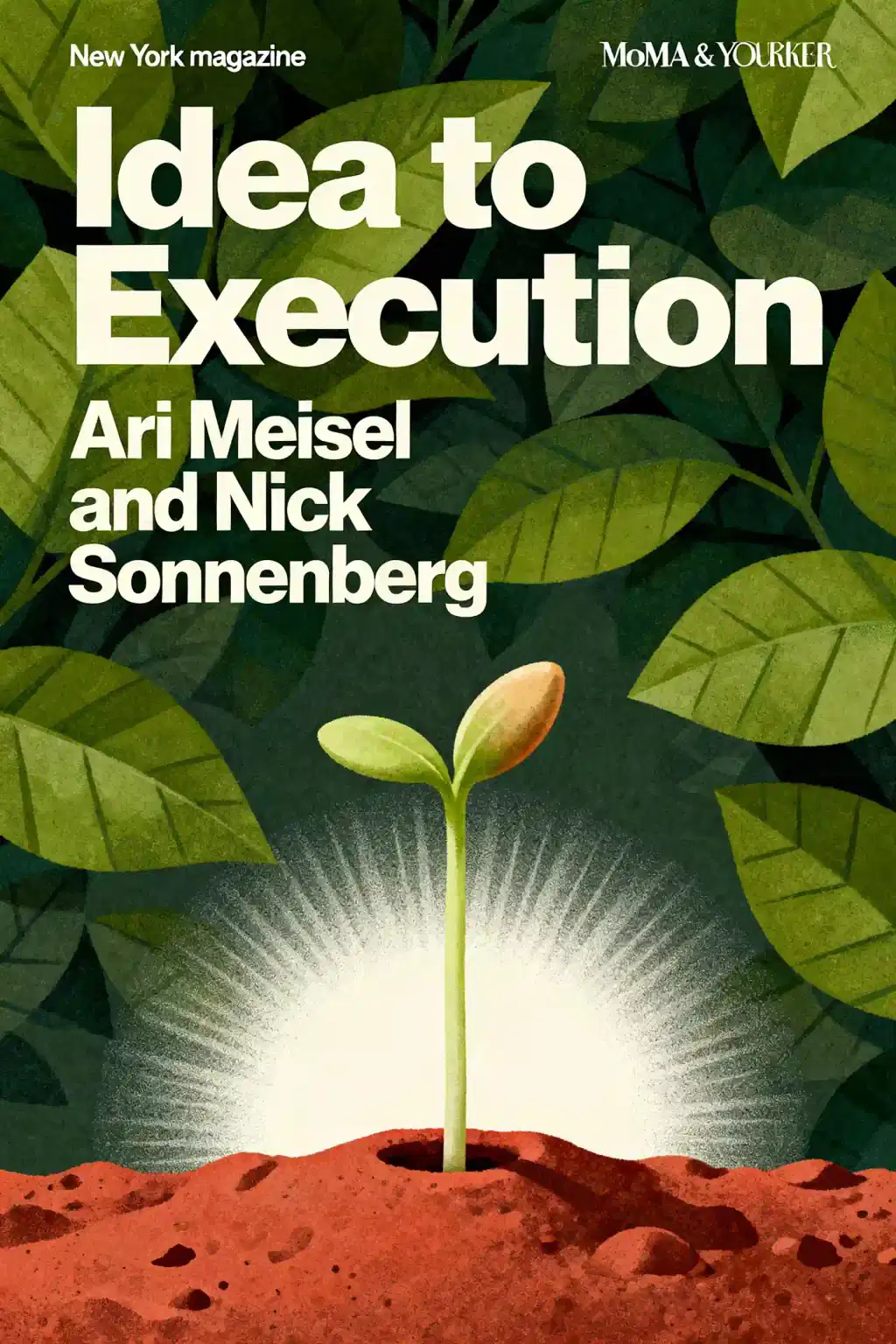
Testing Business Ideas by David J. Bland & Alexander Osterwalder Summary
Overview of Testing Business Ideas
Transform your business ideas from guesses to gold with Thinkers50 top-ranked Alexander Osterwalder's field guide for rapid experimentation. Adopted by GE and Toyota, this book makes Steve Blank's lean startup principles actionable, turning risky assumptions into validated successes.
Similar books to Testing Business Ideas
Feel the book through the author's voice
Turn knowledge into engaging, example-rich insights
Capture key ideas in a flash for fast learning
Enjoy the book in a fun and engaging way
Key takeaways
From Guesswork to Evidence: The Business Experimentation Revolution
In a world where 70% of new products fail, what separates successful innovations from expensive flops? The answer lies not in better guessing but in systematic testing. Rather than building products based on assumptions and hoping for the best, smart innovators validate their ideas through experiments before making significant investments. This approach has transformed how organizations from early-stage startups to Fortune 500 companies develop new offerings. Think about it: would you rather spend months building something nobody wants, or a few weeks discovering that your core assumption was flawed? Business experimentation isn't just a nice-to-have methodology-it's the difference between costly failures and evidence-based success.
Building Your Innovation Dream Team
Transforming Ideas into Testable Business Models
The Science of Testing: From Assumptions to Evidence
Creating a Systematic Experimentation Process
Choosing the Right Experiments for Your Journey
The Experimentation Mindset: Leading Through Uncertainty
Quick Summary Mode - Read or listen to Testing Business Ideas Summary in 9 Minutes
Break down key ideas from Testing Business Ideas into bite-sized takeaways to understand how innovative teams create, collaborate, and grow.
Flash Card Mode - Top 10 Insights from Testing Business Ideas in a Nutshell
Distill Testing Business Ideas into rapid-fire memory cues that highlight Pixar’s principles of candor, teamwork, and creative resilience.

Fun Mode - Testing Business Ideas Lessons Told Through 24-Min Stories
Experience Testing Business Ideas through vivid storytelling that turns Pixar’s innovation lessons into moments you’ll remember and apply.
Personalize Mode - Read or listen to Testing Business Ideas Summary in 0 Minutes
Ask anything, pick the voice, and co-create insights that truly resonate with you.

From Columbia University alumni built in San Francisco

Get the Testing Business Ideas summary as a free PDF or EPUB. Print it or read offline anytime.










